Is the Sustainable Grain Market Worth It?
DTN
JUNE 26, 2023
Whether it’s a planter, fungicide, or seed variety, most people don’t decide to invest in something new without first asking if the benefits outweigh the risks and if it’s the right solution for their business. A third party is often used to help food and biofuel companies source sustainable grains.

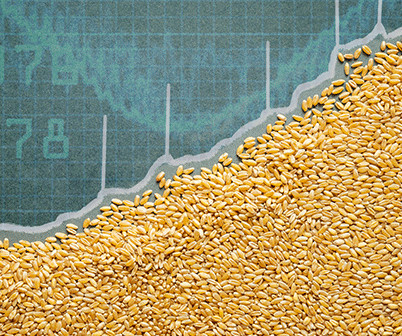

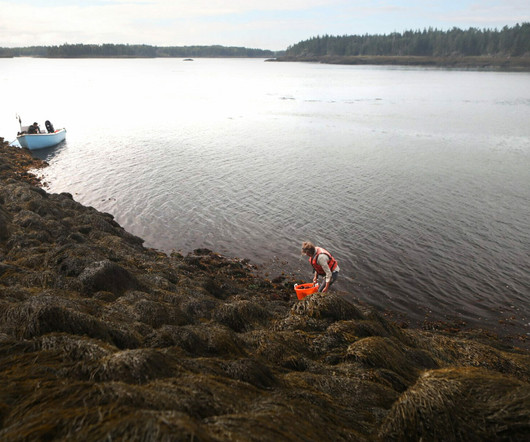
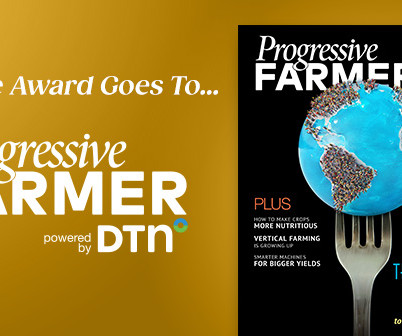

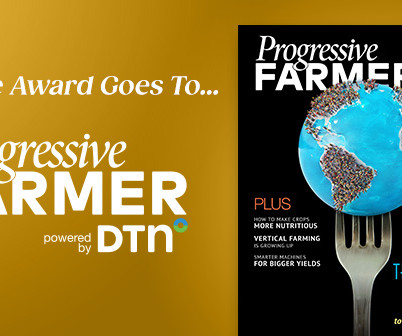
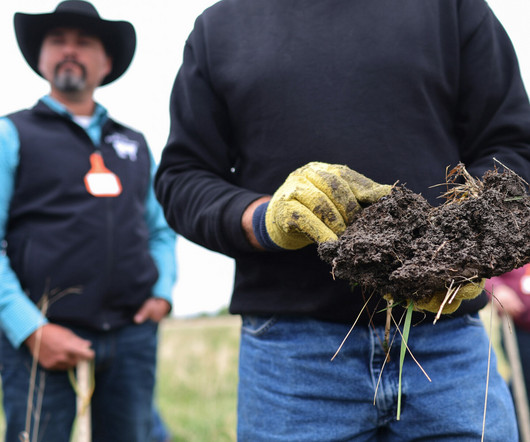






Let's personalize your content